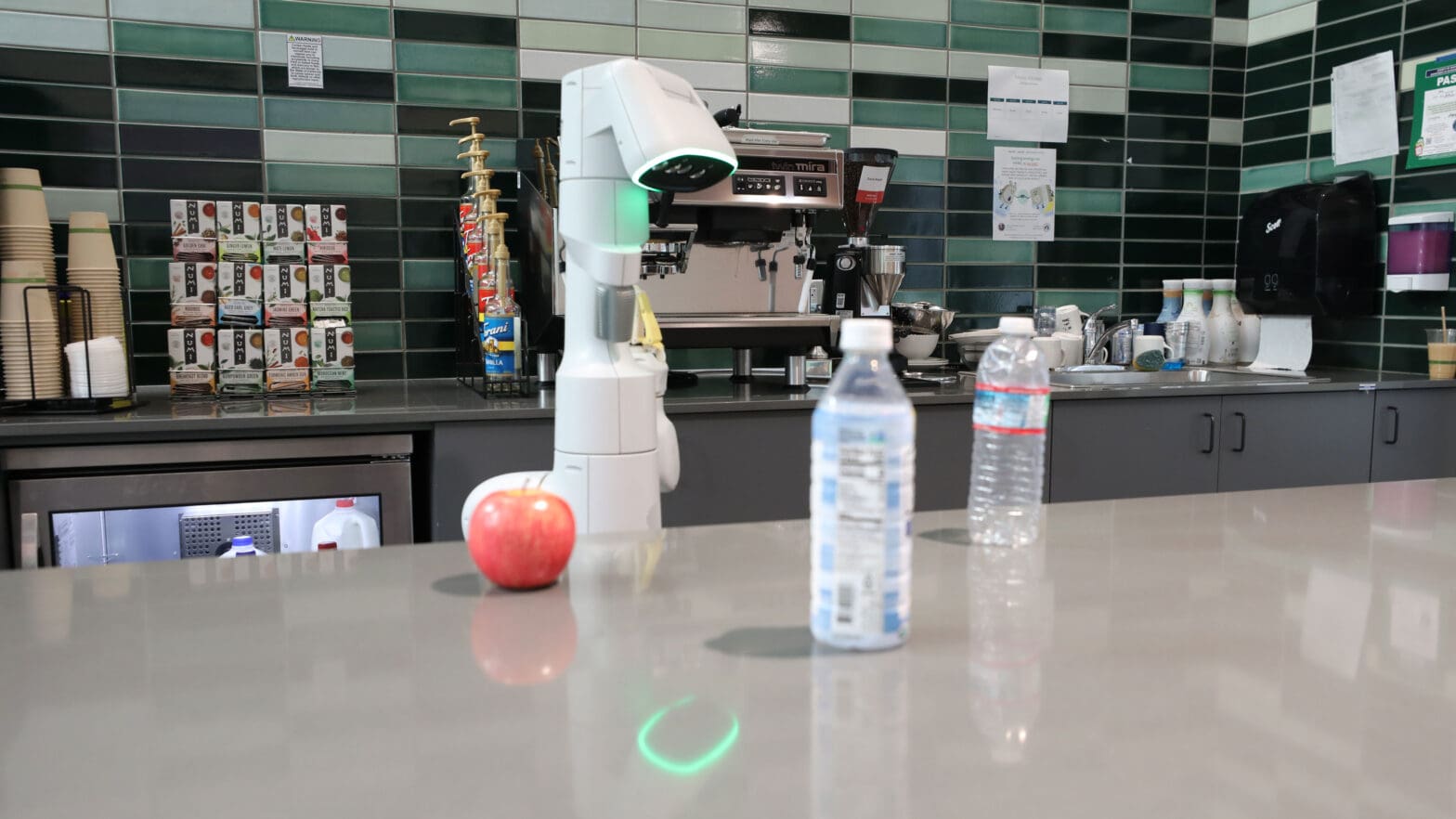2023-11-28 テキサス大学オースチン校(UT Austin)
◆これにより、宇宙電子機器の放射線耐性のテスト、新しい半導体チップの3D内部構造のイメージング、がん治療や医療画像技術の開発など、さまざまな用途が可能になると期待されている。アクセルはナノ粒子を使用し、効率的なエネルギー供給を可能にしている。将来的には、卓上に収められ、数千回/秒の繰り返し発射が可能なコンパクトなレーザーで駆動することが目標とされている。
<関連情報>
- https://news.utexas.edu/2023/11/28/compact-accelerator-technology-achieves-major-energy-milestone/
- https://pubs.aip.org/aip/mre/article/9/1/014001/2921557/The-acceleration-of-a-high-charge-electron-bunch
10cmの超小型粒子加速器における高電荷電子束10GeV加速
The acceleration of a high-charge electron bunch to 10 GeV in a 10-cm nanoparticle-assisted wakefield accelerator
Constantin Aniculaesei;Thanh Ha;Samuel Yoffe;Lance Labun;Stephen Milton;Edward McCary;Michael M. Spinks;Hernan J. Quevedo;Ou Z. Labun;Ritwik Sain;Andrea Hannasch;Rafal Zgadzaj;Isabella Pagano;Jose A. Franco-Altamirano;Martin L. Ringuette;Erhart Gaul;Scott V. Luedtke;Ganesh Tiwari;Bernhard Ersfeld;Enrico Brunetti;Hartmut Ruhl;Todd Ditmire;Sandra Bruce;Michael E. Donovan;Michael C. Downer;Dino A. Jaroszynski;Bjorn Manuel Hegelich
Matter and Radiation at Extremes Published:November 15 202
DOI:https://doi.org/10.1063/5.0161687

An intense laser pulse focused onto a plasma can excite nonlinear plasma waves. Under appropriate conditions, electrons from the background plasma are trapped in the plasma wave and accelerated to ultra-relativistic velocities. This scheme is called a laser wakefield accelerator. In this work, we present results from a laser wakefield acceleration experiment using a petawatt-class laser to excite the wakefields as well as nanoparticles to assist the injection of electrons into the accelerating phase of the wakefields. We find that a 10-cm-long, nanoparticle-assisted laser wakefield accelerator can generate 340 pC, 10 ± 1.86 GeV electron bunches with a 3.4 GeV rms convolved energy spread and a 0.9 mrad rms divergence. It can also produce bunches with lower energies in the 4–6 GeV range.



